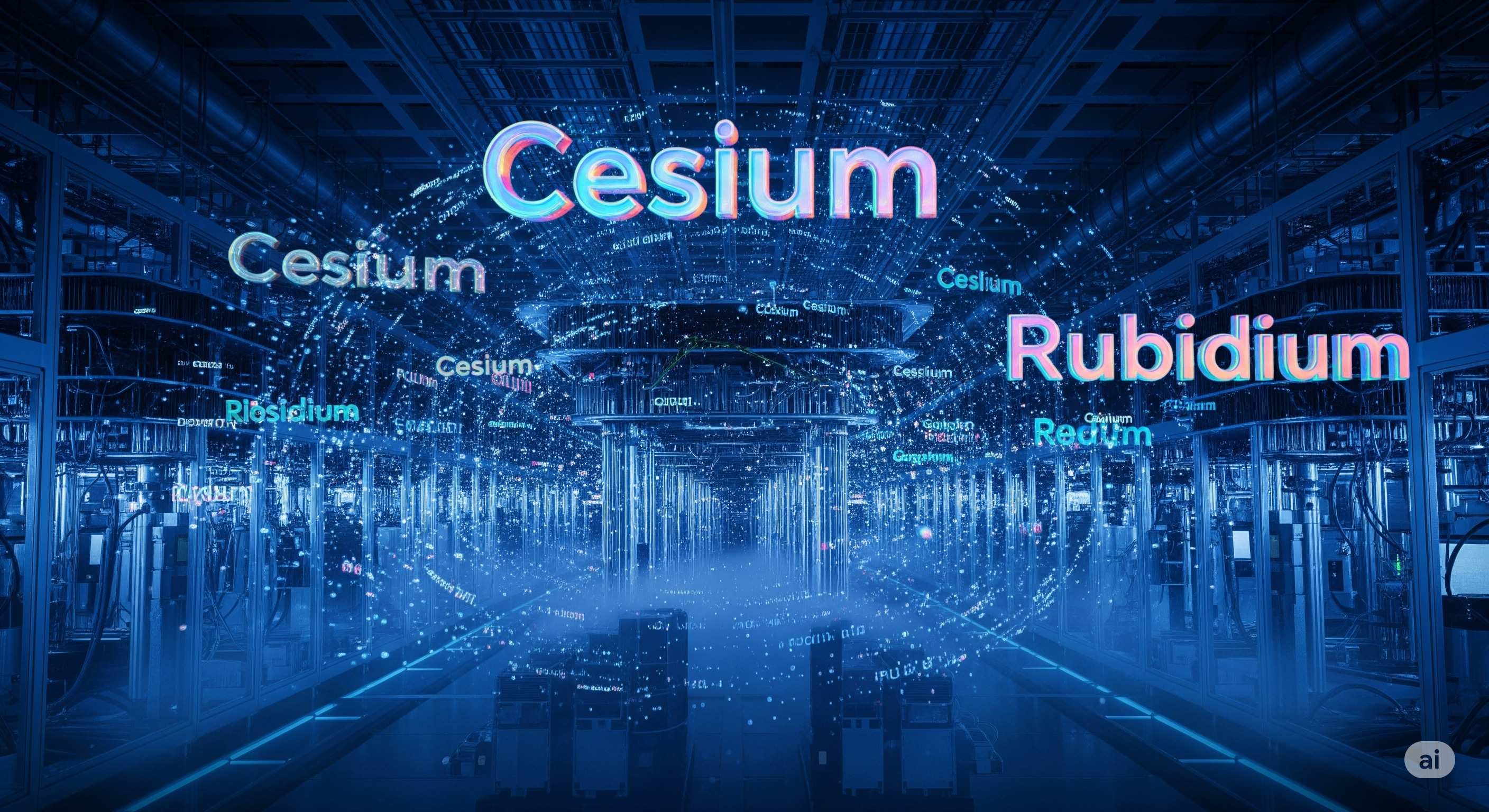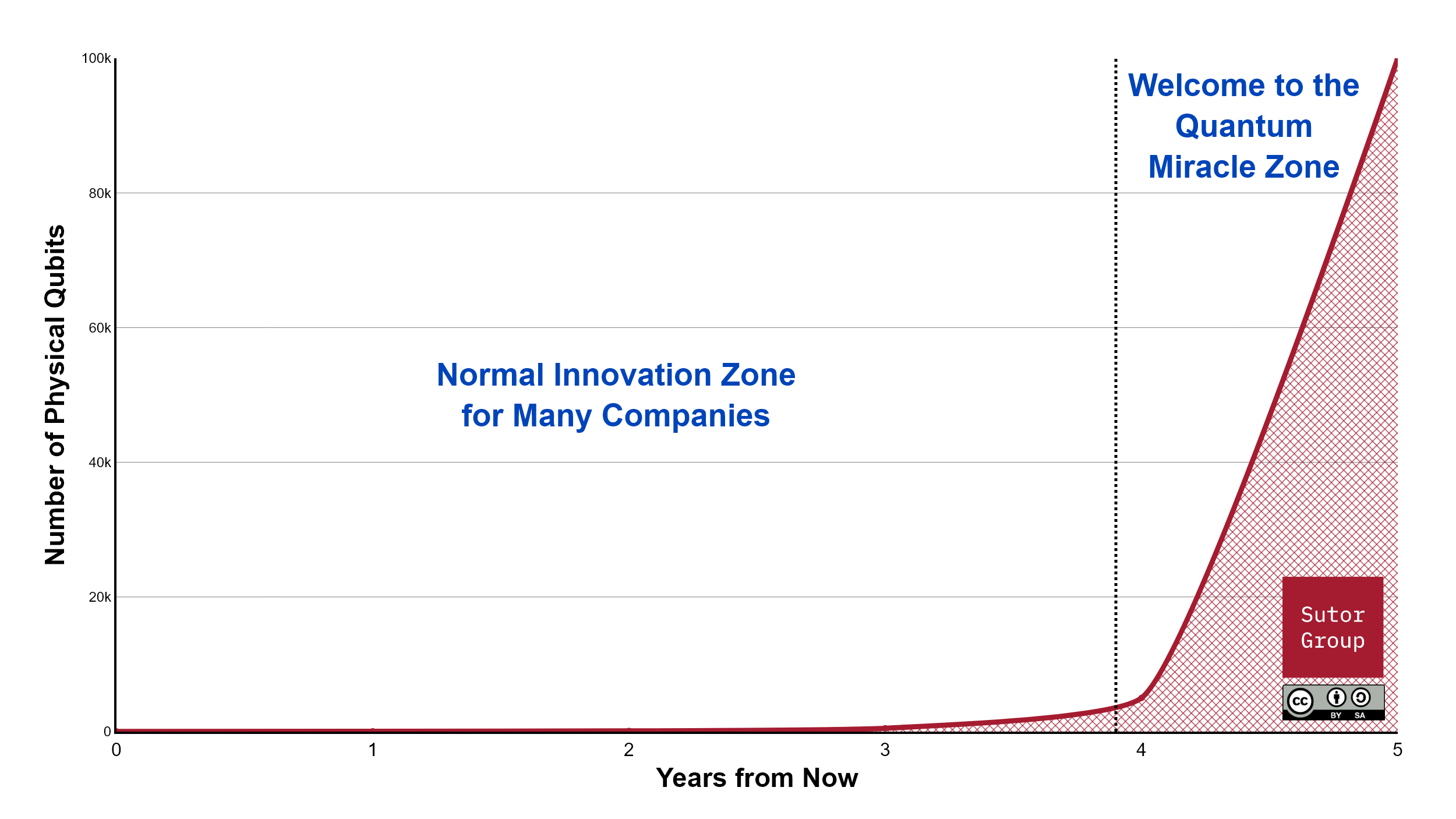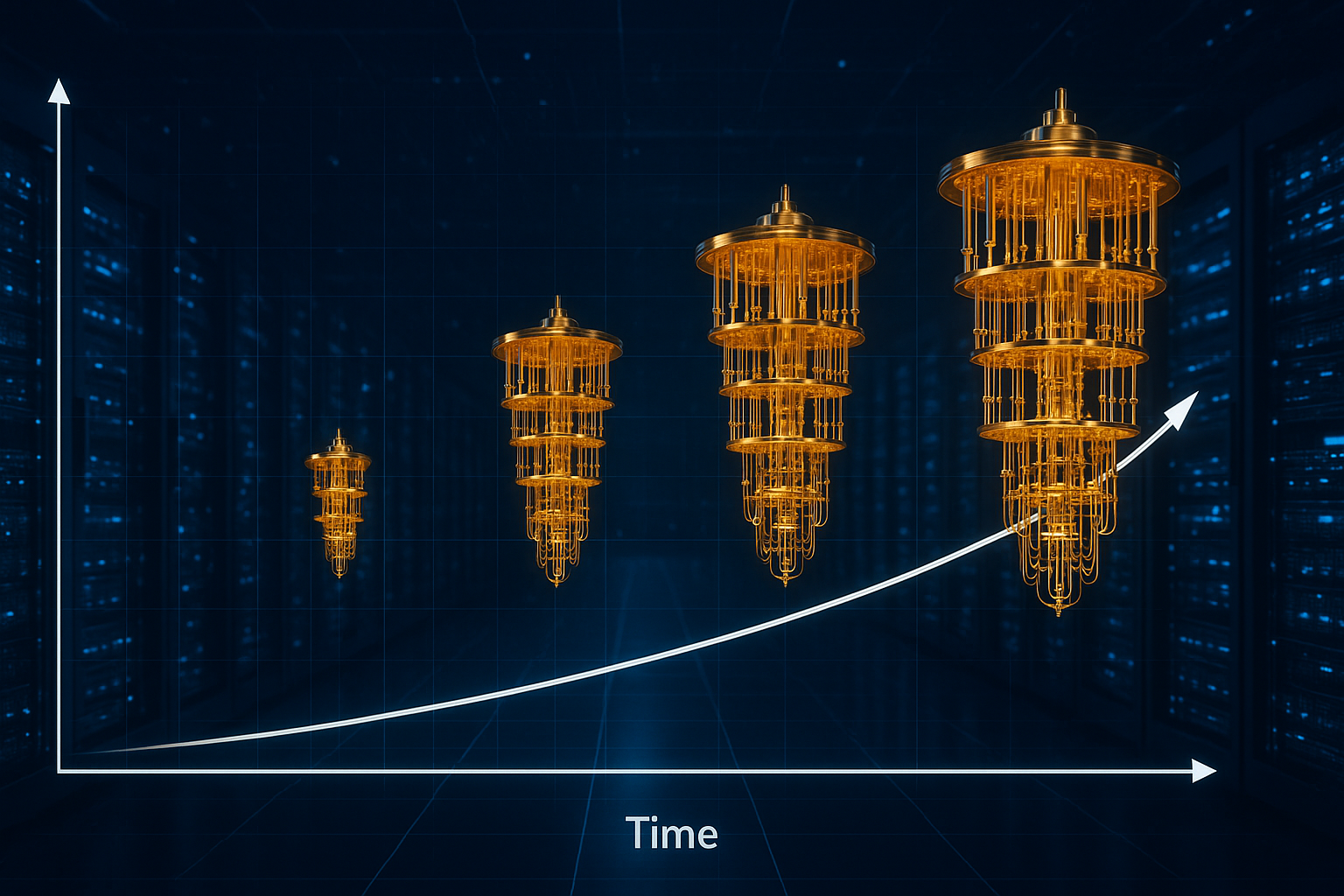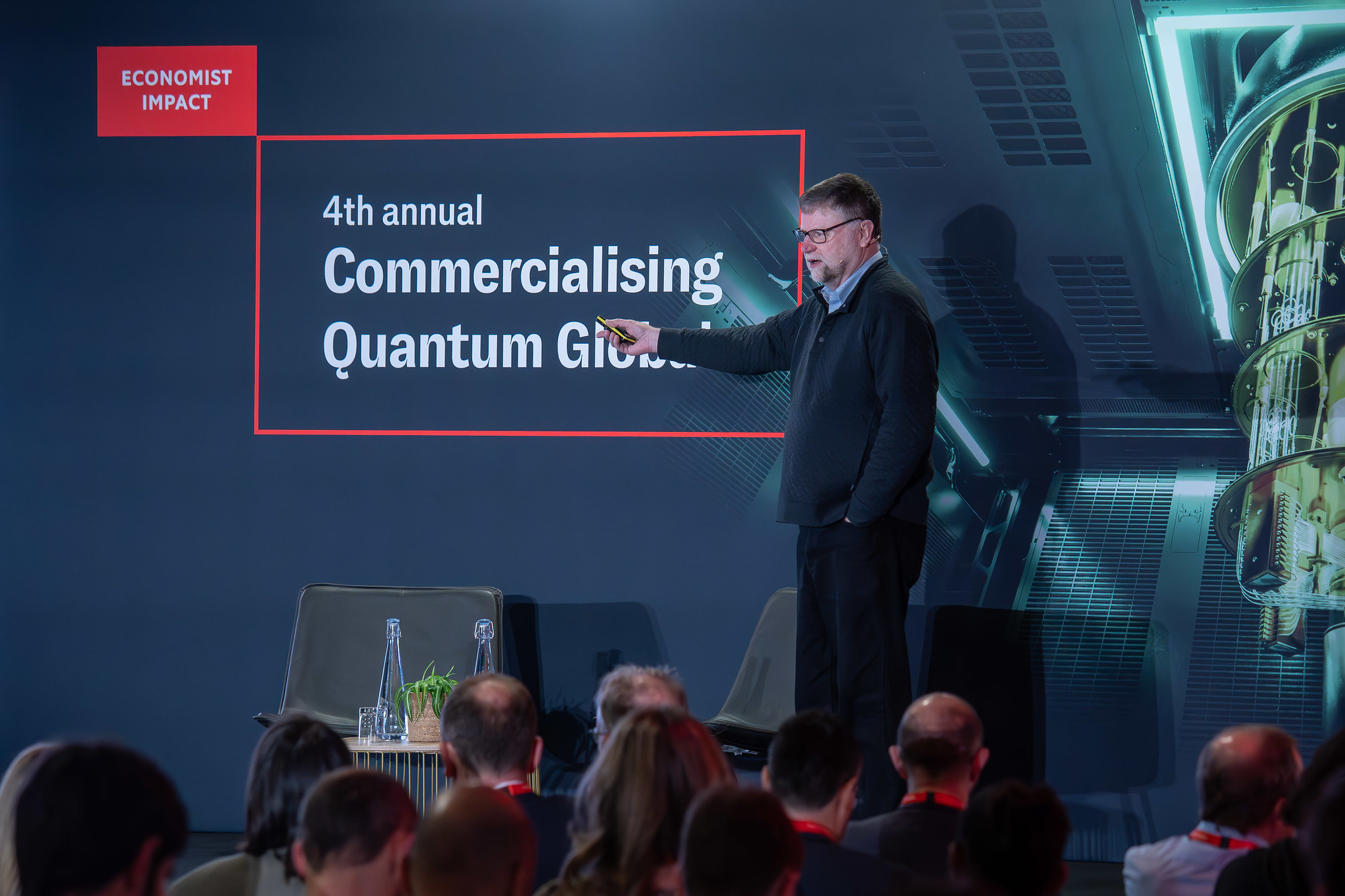A selection of the most important recent news, articles, and papers about Quantum.
General News, Articles, and Analyses
Building the Quantum Future, Qubit by Qubit – Berkeley Lab News Center
https://newscenter.lbl.gov/2024/09/30/building-the-quantum-future-qubit-by-qubit/
Author: Aliyah Kovner
(Monday, September 30, 2024) “Quantum technologies may still be in development, but these systems are evolving rapidly and existing prototypes are already making a big impact on science and industry. One of the major hubs of quantum R&D is the Quantum Systems Accelerator, led by Berkeley Lab. Learn more in this Q&A with Quantum Systems Accelerator Director Bert de Jong.”
Creating local ingredients for quantum success | InnovationAus.com
https://www.innovationaus.com/creating-local-ingredients-for-quantum-success/
Author: Stephen Bartlett
(Monday, September 30, 2024) “The National Quantum Strategy contains a truly audacious claim: that Australia will build the world’s first error-corrected quantum computer. Is this possible? Australia doesn’t even manufacture conventional computers. Can we really build a quantum computer here?”
Europe’s first IBM Quantum Data Center is now open | IBM Quantum Computing Blog
https://www.ibm.com/quantum/blog/europe-quantum-datacenter-launch
Authors: Scott Crowder and Steffen Thoß
(Tuesday, October 1, 2024) “Today, we cut the ribbon for Europe’s first IBM Quantum Data Center with German Chancellor Olaf Scholz and representatives from across Europe in attendance.”
Large-Scale Quantum Simulations | BlueQubit Plugin for Pennylane
https://www.bluequbit.io/bluequbit-plugin-pennylane
“Pennylane clients can benefit from this partnership by getting access to additional capabilities that allow quantum simulations to operate smoothly on BlueQubit‘s controlled simulators. This collaboration provides new opportunities for researchers and developers to explore quantum algorithms and applications on a larger scale.”
Post-Quantum Cryptography
Post-Quantum Cryptography Is a Must to Protect Your Systems | Gartner
https://www.gartner.com/en/articles/post-quantum-cryptography
“By 2029, post-quantum cryptography must replace asymmetric cryptography, which will no longer be safe. Learn how IT leaders can start transitioning their systems today.”
Technical Papers, Articles, and Preprints
PRX Quantum 5, 020368 (2024) – Generalized Quantum Signal Processing
https://journals.aps.org/prxquantum/abstract/10.1103/PRXQuantum.5.020368
Authors: Danial Motlagh and Nathan Wiebe
(Friday, June 28, 2024) “Quantum signal processing (QSP) and quantum singular value transformation (QSVT) currently stand as the most efficient techniques for implementing functions of block-encoded matrices, a central task that lies at the heart of most prominent quantum algorithms. However, current QSP approaches face several challenges, such as the restrictions imposed on the family of achievable polynomials and the difficulty of calculating the required phase angles for specific transformations. In this paper, we present a generalized quantum signal processing (GQSP) approach, employing general SU(2) rotations as our signal-processing operators, rather than relying solely on rotations in a single basis.”
[2409.19043] Parallel Quantum Signal Processing Via Polynomial Factorization
https://arxiv.org/abs/2409.19043
Authors: Martyn, John M.; Rossi, Zane M.; Cheng, Kevin Z.; Liu, Yuan; and Chuang, Isaac L.
(Friday, September 27, 2024) “Quantum signal processing (QSP) is a methodology for constructing polynomial transformations of a linear operator encoded in a unitary. Applied to an encoding of a state ρ, QSP enables the evaluation of nonlinear functions of the form tr(P(ρ)) for a polynomial P(x), which encompasses relevant properties like entropies and fidelity. However, QSP is a sequential algorithm: implementing a degree-d polynomial necessitates d queries to the encoding, equating to a query depth d. Here, we reduce the depth of these property estimation algorithms by developing Parallel Quantum Signal Processing. Our algorithm parallelizes the computation of tr(P(ρ)) over k systems and reduces the query depth to d/k, thus enabling a family of time-space tradeoffs for QSP. This furnishes a property estimation algorithm suitable for distributed quantum computers, and is realized at the expense of increasing the number of measurements by a factor O(poly(d) 2O(k)). We achieve this result by factorizing P(x) into a product of k smaller polynomials of degree O(d/k), which are each implemented in parallel with QSP, and subsequently multiplied together with a swap test to reconstruct P(x). We characterize the achievable class of polynomials by appealing to the fundamental theorem of algebra, and demonstrate application to canonical problems including entropy estimation and partition function evaluation.”
[2410.00910] Systematic construction of multi-controlled Pauli gate decompositions with optimal T-count
https://arxiv.org/abs/2410.00910










